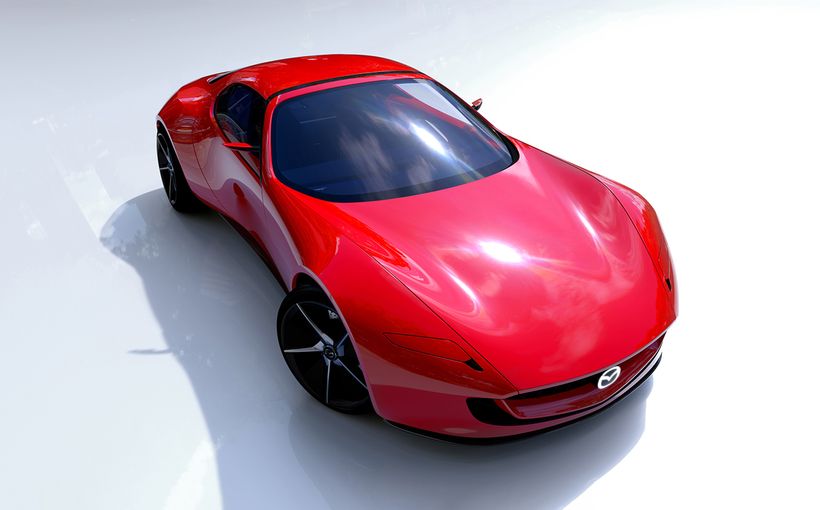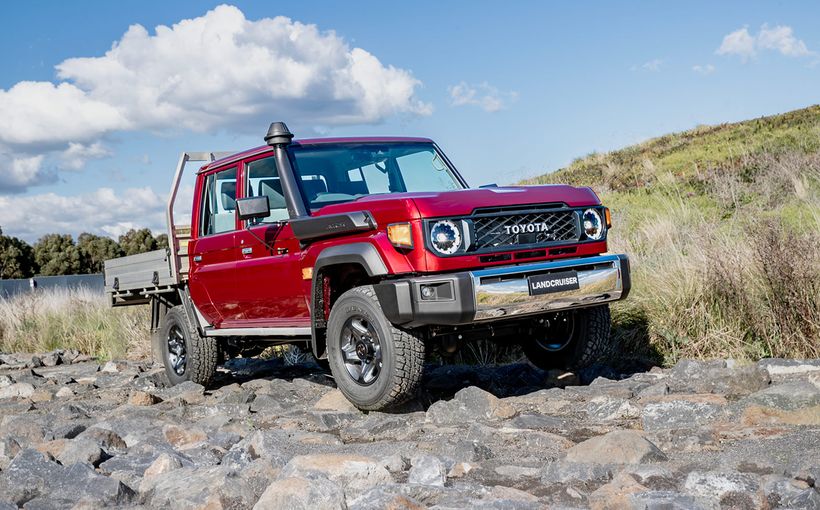Can the Porsche Panamera 2 restore the faith?
ARE sequels ever better than the original?
In the case of the second-generation Porsche Panamera, the answer is obvious the moment you first clasp eyes on the longer and sleeker silhouette.

To be released in Australia in early 2017 from $304,200 for the 4S twin-turbo V6, only the second ever four, err five-door Porsche passenger car in history arrives looking like it should always have, brandishing a much more traditional 911-like shape – albeit one that’s been stretched and toned to take extra passengers and luggage – to please the Stuttgart fan base and armchair automotive aesthetes alike.
But while a quick glance at the tape measure backs up what the eyes see – that the newfound slinkiness isn’t an illusion; this car is 34mm longer at 5049mm and 6mm wider at 1937mm – in fact it is also 5mm taller.

Clearly the most obvious visual departure compared to the G1 Panamera is the less hunched-back rear, thanks to a 20mm drop – a move that instantly eliminates the single most controversial element of the 2009 original. Suddenly, it has gone from gawky to gorgeous, and to hell with rear-seat headroom (though Porsche does claim the result is “good”). If you’re familiar with the stillborn Porsche 989 from the late ‘80s, you’ll see a definite resemblance to that.

But we’re getting ahead of ourselves… or, rather, behind, because that was in the past, and it pertained to a rear-engined sedan.
Like the outgoing version, the G2 Panamera is front-engined, and not at all based on any existing mid or rear-engined Porsche. That means no boxer engines. Instead, and this will be no surprise, the big sedan adopts the Volkswagen Group’s new V-design powertrains, which has allowed the designers to lower the bonnet height for a wider and more planted look.

Underpinning these along with the box-fresh MSB modular architecture, boasting much higher levels of strength and rigidity and lower overall weight, due in part to more aluminium and high-strength steel use. Aluminium is also employed in all the main exterior panels, as well as the side body structure.
Suspension is via double wishbones up front and a multi-link rear end, while upper-spec models will gain goodies like air suspension, electronic damper control (Porsche Active Suspension Management), as well a torque vectoring and a four-wheel steering system from the latest 911.

Others expected to use this platform include the next-gen Audi A8 and future Bentleys. They’ll might also get to use the Panamera’s all-new engines, but Porsche has first dibs on them, which is a first for the brand, underlining the importance of this car.
The entry-level 4S V6 petrol is powered by an Audi-developed 2.9-litre twin-turbo V6 that produces 324kW of power at 5650rpm and 550Nm of torque between 1750 and 5500rpm. That’s some 15kW and 30Nm more than the superseded 3.0-litre equivalent, for a 4.2 second sprint to 100km/h (or 4.2s without the optional Sports Chrono Pack), yet drinks the premium unleaded at a rate of 1.0L/100km less than before at 8.1L/100km. Impressive. Like the rest of the range, an eight-speed PDK dual-clutch transmission will be dealing out the drive.

Next on the docket is the first-ever Panamera V8 diesel, also nicked from Audi. Four litres in capacity, its sequential twin turbos help develop 310kW at 3500rpm and an axis-shifting 850Nm between a lowly 1000rpm and 3250rpm. One of the fastest diesels ever, it can hit 100km/h in 4.5 seconds – 4.3 with Sports Chrono – while still being capable of returning 6.7L/100km.
Finally for now is the big-T ‘Turbo’, its 4.0-litre V8 petrol powerplant delivering a heady 404kW at 5750rpm and 770Nm at 4500rpm, which is 22kW and 70Nm than before. Times? 0-100km/h in 3.8 seconds, or 3.6s with Sports Chrono, putting the Panamera in true 911 territory. On an autobahn 306km/h might also be possible, yet feather footed about, the big-T Turbo can average 9.3L/100km (a 1.1L drop), partly due to twin-scroll, counter-rotating turbochargers that are more efficient, as well as a new cylinder- deactivation system that closes one of the V banks under low loads. Those Germans…
Eventually, of course, there will be rear-wheel as well as all-wheel drive variants. Initially, only the all-paw versions will lob in, beginning with the 4S V6 at $304,200, followed by the 4S V8 diesel at $312,100 and Panamera Turbo V8 at $376,900. After 2018 expect to also see a powerful Panamera GTS, along with a plug-in electric hybrid that Porsche promises will be better than the current hybrid.

Inside, the G2 Panamera adopts design themes inspired by the company’s 918 Spyder, and includes touch-sensitive controls to dispense with the myriad buttons previously used in many Porsches.
The Panamera V6 4S and Turbo will be the first to arrive in the first quarter of 2017, with the 4S diesel to follow soon after. A key rival will be the Maserati Quattroporte.
The more affordable rear-drive models to come later will compete against the likes of the BMW 7 Series, Mercedes-Benz’s S-Class, Jaguar XJ, and the upcoming next-generation Audi A8.

After over 150,000 examples of the Panamera original, the second one looks set to take the series to a higher level, and not just because of the much more palatable design.
The Godfather II. The Empire Strikes Back. Aliens. Better sequels are possible after all. In the case of the Panamera, do you agree?
Byron Mathioudakis GoAuto.com.au
Protect your Porsche. Call Shannons Insurance on 13 46 46 to get a quote today.









